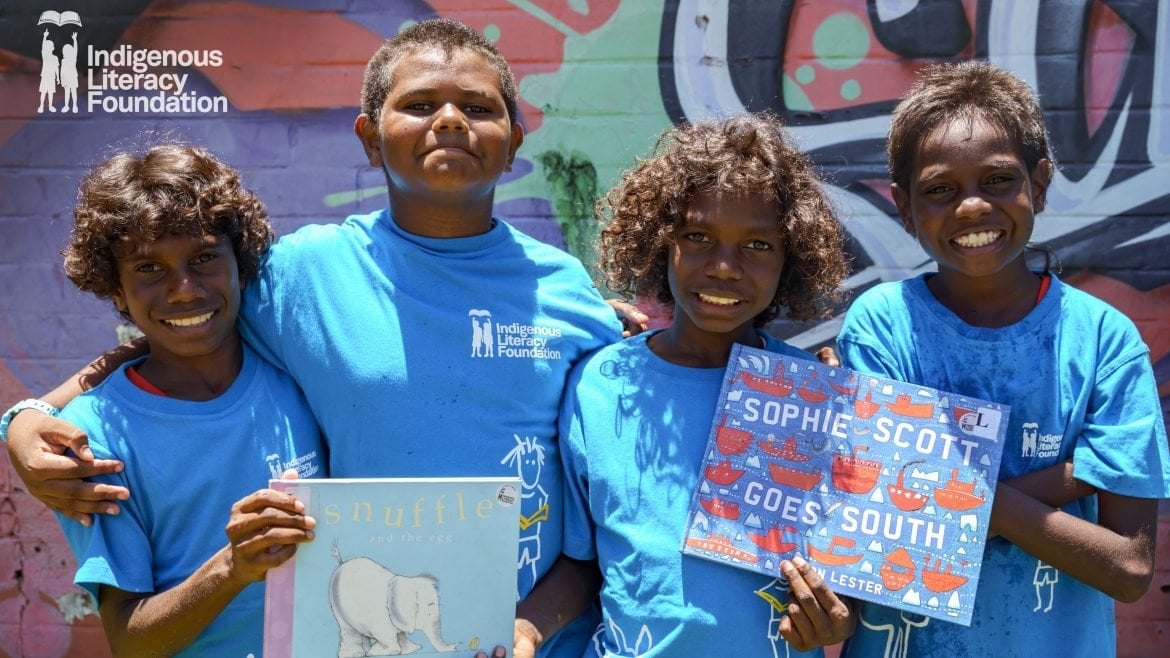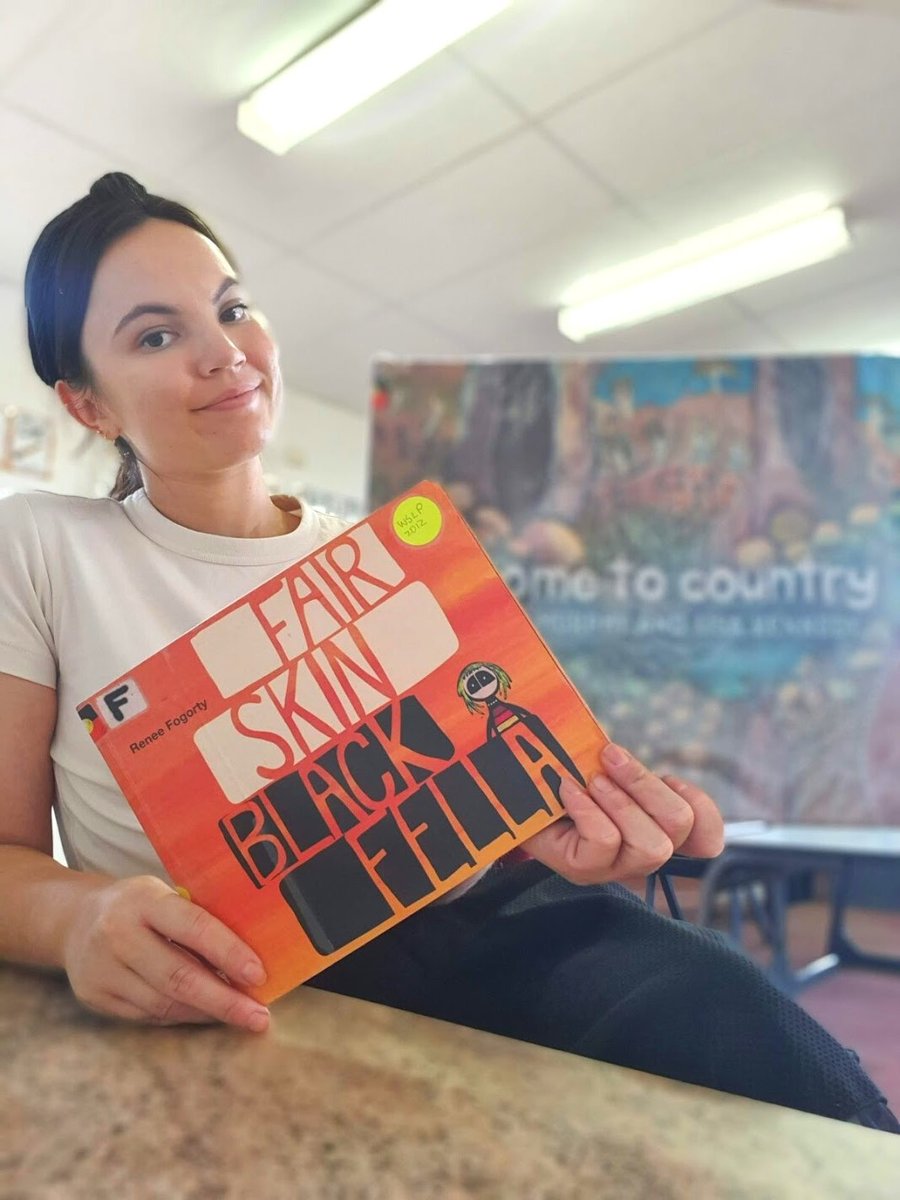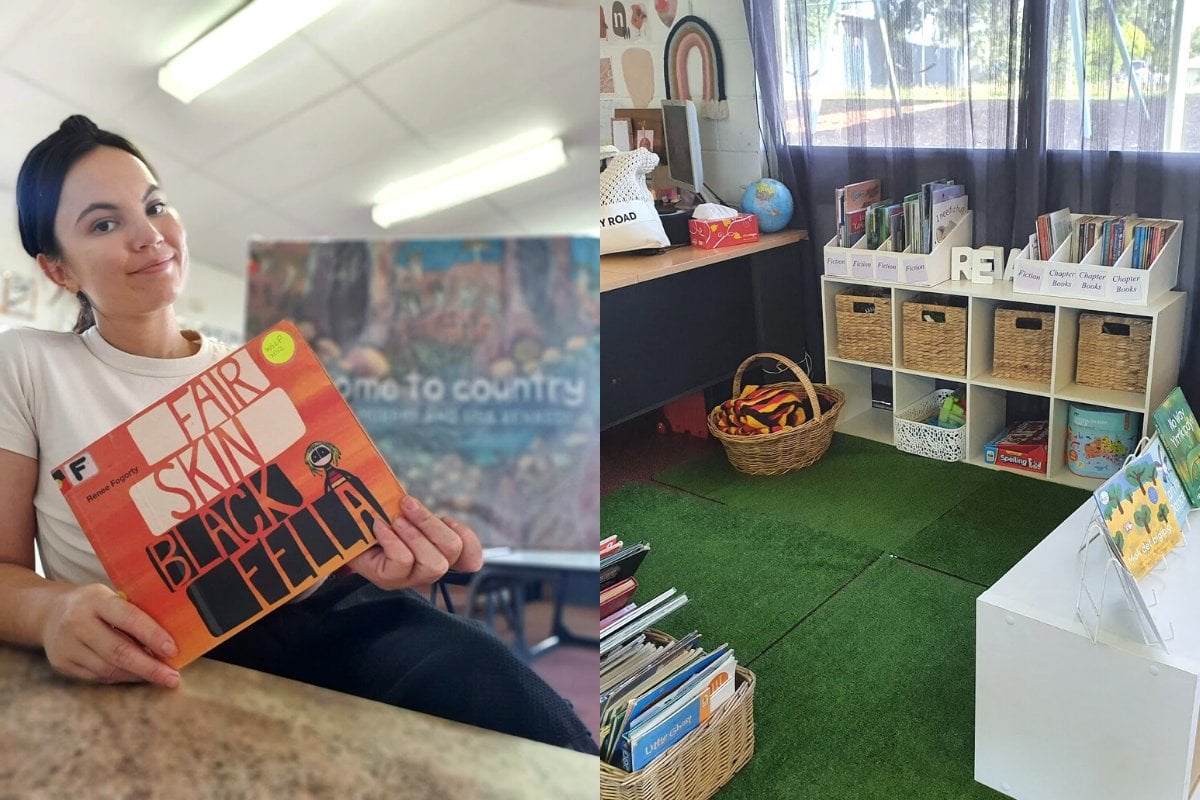
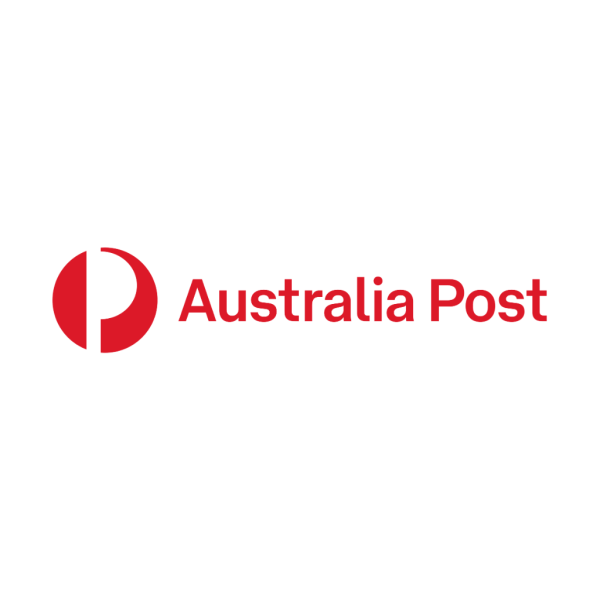
It was back in October 2019 that I finished my teaching degree. That was it, I was officially a teacher.
The 5 year long slog of my degree was over; the reading of hundreds and hundreds of studies of language acquisition, child psychology and development was completed (for the moment), and I was free to read again for personal enjoyment.
When I say for personal enjoyment, I mean I could read my favourite soppy Irish fiction think: Sally Rooney and Marian Keyes as well as dabble in the biographies of astonishing people.
I have been an avid reader for as long as I can remember and finally completing university meant that at last, I could read again without doing so as a chore.
Besides teaching, reading for fun is one of my greatest loves. A love I wish all children had the opportunity to have.
When I scored my first teaching job, I dreamed of the reading nook I would set up in my classroom. A comfy, calming space with a huge, quality picture book collection.
I had the most elaborate Pinterest board ever, there was nothing amiss. I believed then and now that everything else in my classroom would fall into place, but the reading nook was a key component of the classroom that needed to be ready on day one, to inspire that love of reading in the next generation of children.
Before children read words, they learn to hold a book.
And how to turn a page. And how to identify the importance of pictures in stories.
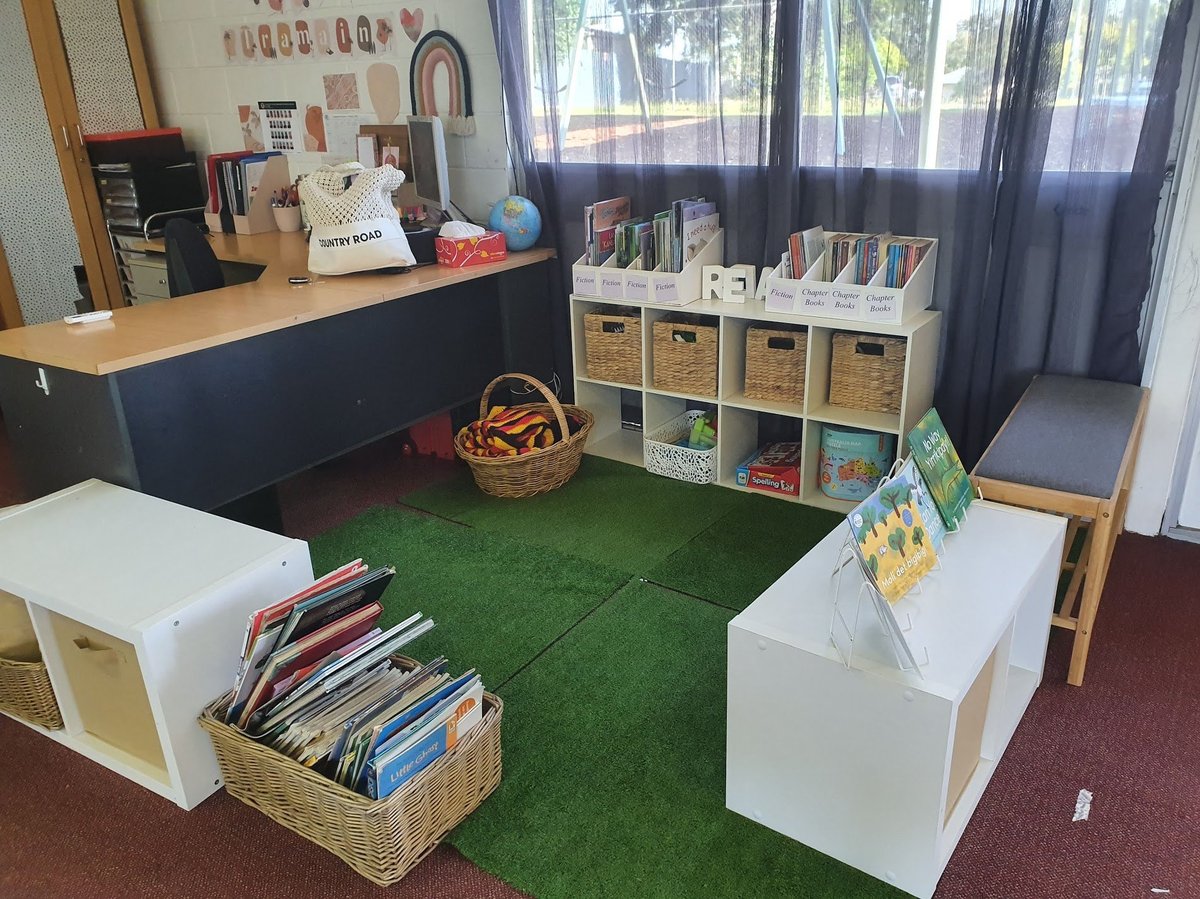 Image: Supplied.
Image: Supplied.


